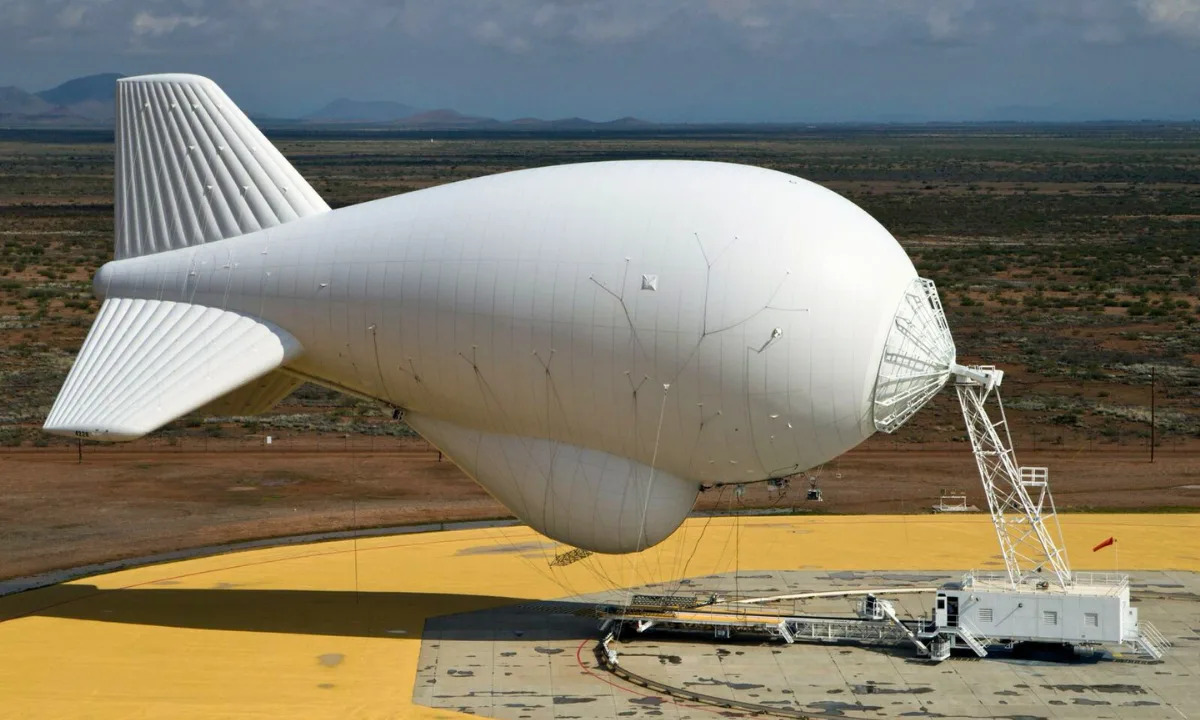
In a remote stretch of West Texas sky, a new eye is watching.
U.S. Border Patrol has deployed a high-tech surveillance blimp, officially known as an aerostat, last month, just outside the small town of Sanderson, Texas. The launch marks a big step in the agency’s efforts to monitor one of the most rugged and difficult-to-patrol areas across the Lone Star State.
The Helen Gardner Aerostat, launched on July 26, sits on private ranch land roughly three miles east of Sanderson. It’s named after the Helen Gardner Ranch that it sits on, which will host the tethered surveillance system for the time being.
What exactly is an aerostat?
Think of it as a large, unmanned blimp tethered to the ground by a heavy-duty cable. Inside, it carries advanced cameras and radar monitoring equipment that the CBP can remotely access.
The blimps use a gas like helium to stay aloft without needing to move through the air. Because it rises using buoyant lift, it can take off and land vertically without a runway. Helium is commonly used in most aerostats due to its safety and availability, unlike other gases that are flammable, toxic, or costly, per the National Aviation Academy.
While it doesn’t move much like a drone or airplane, the surveillance blimp’s value lies in hovering high above the terrain: giving agents a persistent bird’s-eye view of wide collections of land. In this case, that means near-constant surveillance of a section of the border that’s both vast and historically difficult to patrol.
“The successful launch of the Helen Gardner Aerostat strengthens our situational awareness and gives our agents a significant operational advantage in areas that are difficult to patrol by land,” said Chief Patrol Agent Lloyd Easterling of the Big Bend Sector.
The surveillance efforts are allegedly part of a growing push to bring more advanced technology into the Border Patrol’s toolkit.
With steep canyons and miles of isolated ranchland, the Big Bend area has long posed a challenge for law enforcement. According to the CBP, agents often need to cover areas of hundreds of square miles with limited manpower and visibility.
The agency now hopes that the aerostat blimp can free up some of those resources in the fight to secure the southern border.
Now, lead officials on the project say the new surveillance system in Sanderson will be monitored around the clock.



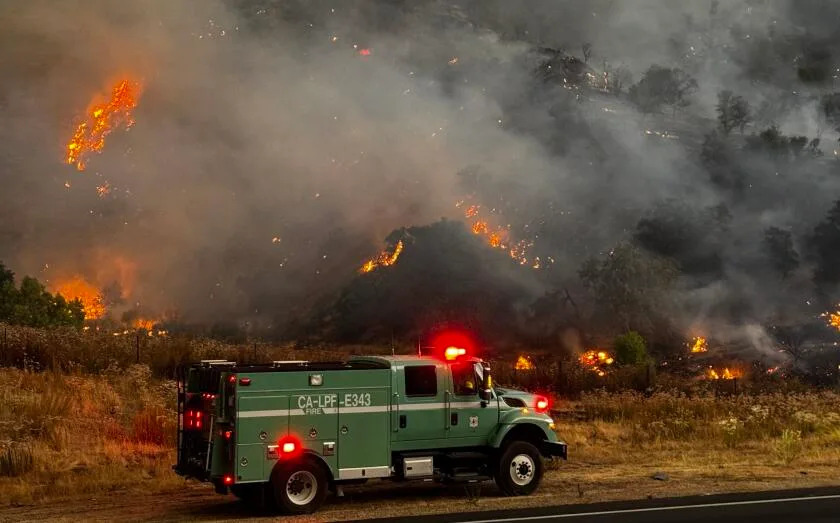
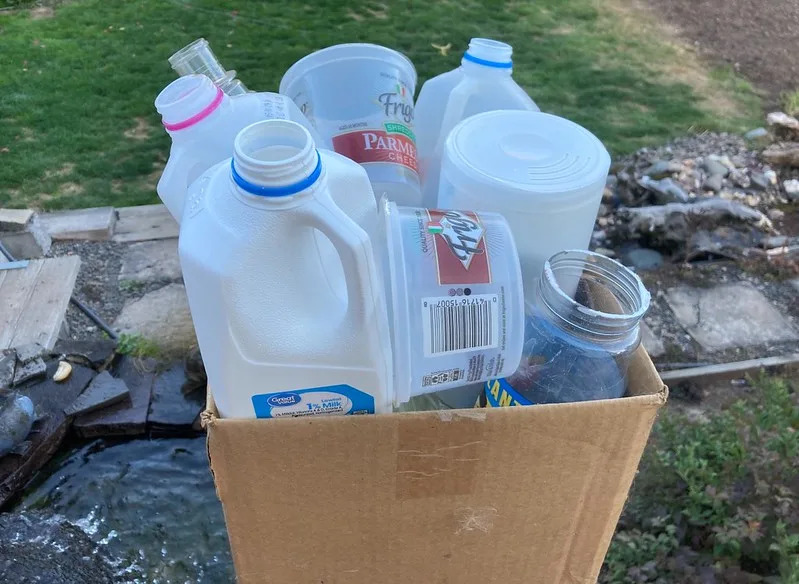
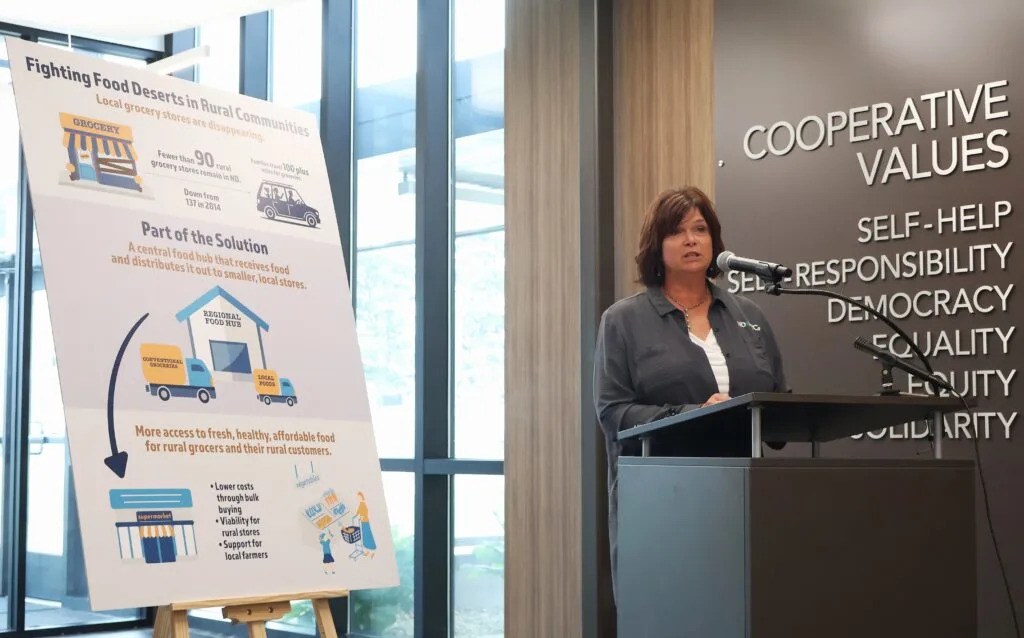
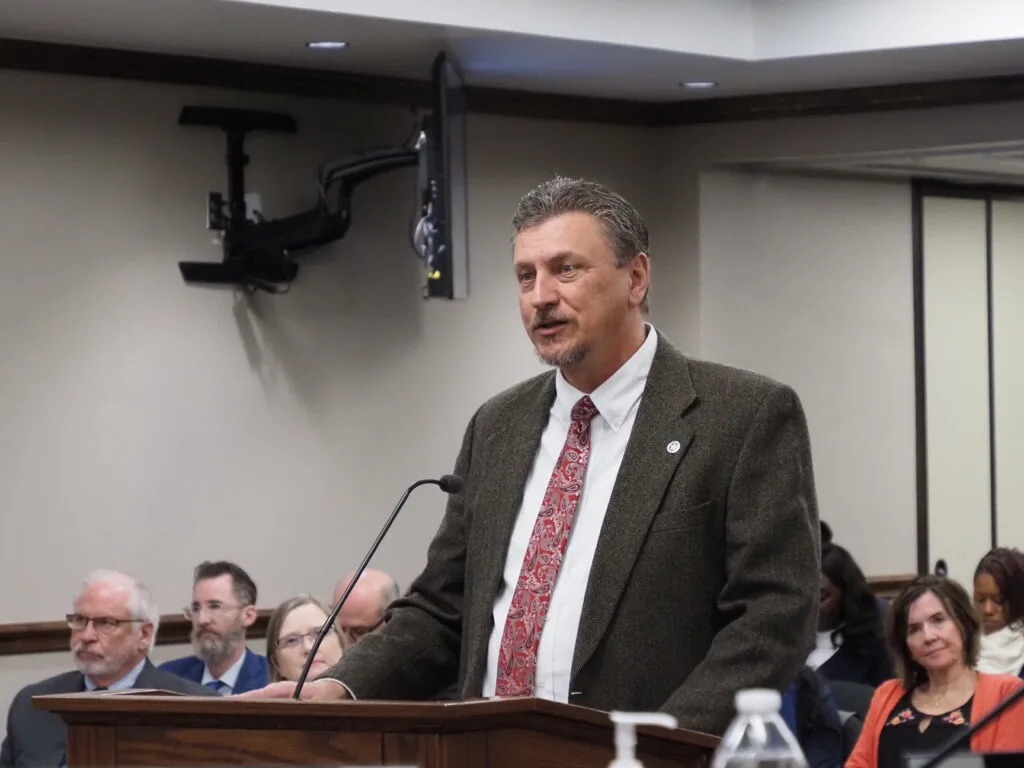
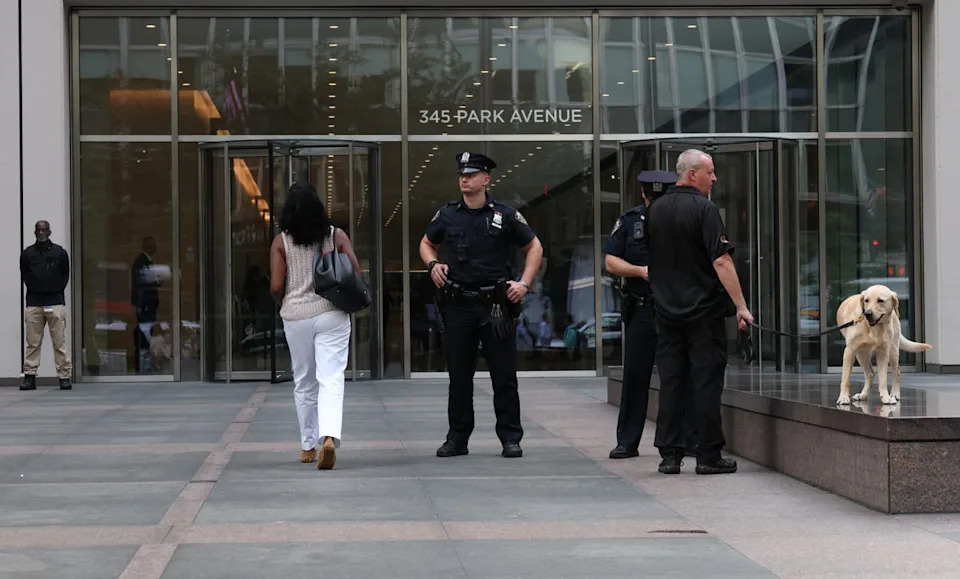
Comments